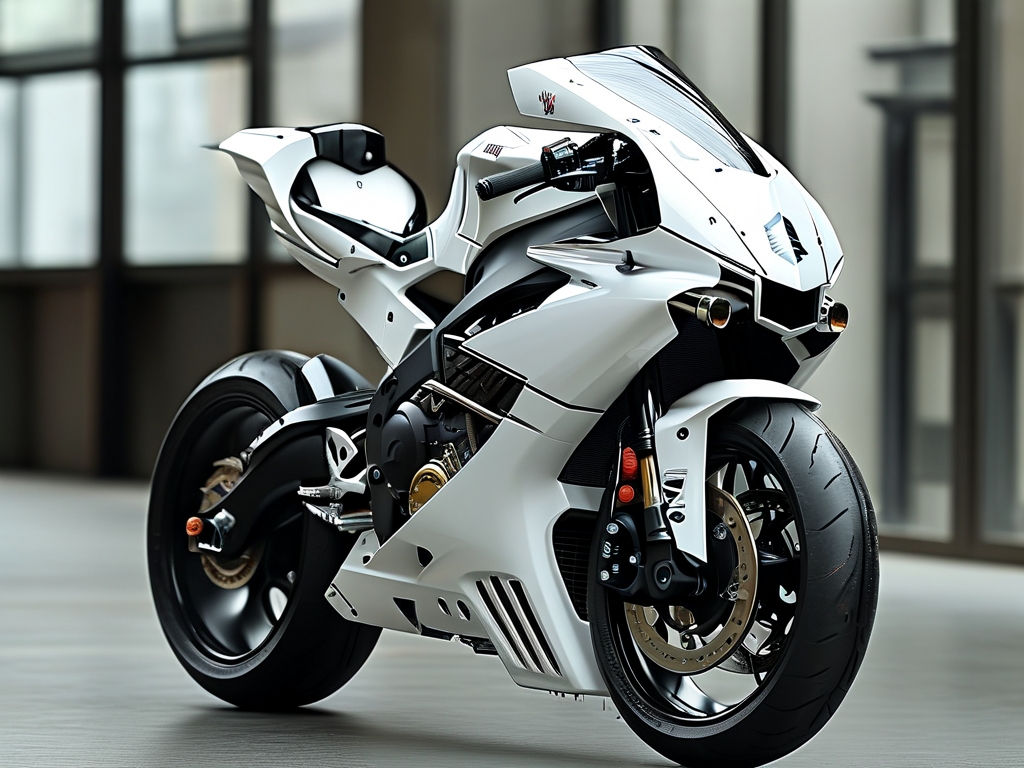In the rapidly evolving landscape of industrial automation, Shanghai has emerged as a global hub for technological innovation. Among the key players driving this transformation is Yamaha Robotics, a division of the renowned Yamaha Motor Group. With its cutting-edge robotic solutions and a commitment to advancing smart manufacturing, Yamaha Robotics is redefining efficiency, precision, and scalability across industries in Shanghai and beyond.

The Rise of Yamaha Robotics in Shanghai
Shanghai’s strategic position as China’s economic and technological powerhouse has made it an ideal base for Yamaha Robotics. Established in the early 2000s, Yamaha’s robotics division in Shanghai has grown exponentially, aligning with the city’s vision to become a leader in Industry 4.0. The company’s focus on modular, user-friendly robotic systems has resonated with manufacturers seeking to optimize production lines while minimizing costs.
Yamaha’s Shanghai facility not only serves local industries but also acts as a regional hub for research and development (R&D). By collaborating with universities, tech startups, and government initiatives, Yamaha Robotics integrates artificial intelligence (AI), machine learning, and IoT connectivity into its systems. This synergy has produced robots capable of adaptive decision-making, predictive maintenance, and seamless integration with existing factory infrastructures.
Core Technologies and Innovations
Yamaha Robotics’ success in Shanghai stems from its proprietary technologies, which prioritize versatility and precision. Key innovations include:
-
SCARA Robots: Yamaha’s Selective Compliance Assembly Robot Arm (SCARA) series is widely used in electronics manufacturing. These robots excel in high-speed pick-and-place operations, screwdriving, and component assembly. Their compact design and low energy consumption make them ideal for Shanghai’s space-constrained factories.
-
Collaborative Robots (Cobots): Addressing the demand for human-robot collaboration, Yamaha’s cobots feature advanced sensors and safety protocols. These robots work alongside human operators in sectors like automotive assembly and consumer goods production, enhancing productivity without compromising safety.
-
Vision-Guided Systems: Equipped with AI-powered vision systems, Yamaha robots can identify and adapt to variations in product design or assembly processes. This capability is critical for Shanghai’s diverse manufacturing ecosystem, where rapid product cycles are the norm.
-
Mobile Robotics: Yamaha’s autonomous mobile robots (AMRs) are transforming logistics within warehouses and factories. These self-navigating units optimize material handling, reducing downtime and human error.
Impact on Shanghai’s Industrial Landscape
Shanghai’s manufacturing sector, spanning electronics, automotive, pharmaceuticals, and renewable energy, has benefited immensely from Yamaha’s robotic solutions. For instance, in the semiconductor industry—a cornerstone of Shanghai’s economy—Yamaha’s precision robots enable micron-level accuracy in chip fabrication. Similarly, automotive giants in the city rely on Yamaha’s welding and painting robots to maintain stringent quality standards.
The adoption of Yamaha Robotics has also addressed labor challenges. As Shanghai faces an aging workforce and rising labor costs, automation provides a sustainable alternative. By automating repetitive tasks, companies can reallocate human talent to roles requiring creativity and problem-solving, fostering a more skilled workforce.
Sustainability and Future Directions
Yamaha Robotics is not just advancing productivity but also championing sustainability. Energy-efficient designs, recyclable materials, and systems that minimize waste align with Shanghai’s green manufacturing initiatives. The company’s R&D team is exploring renewable energy-powered robots and circular economy models to further reduce environmental impact.
Looking ahead, Yamaha aims to deepen its integration with Shanghai’s smart city projects. Plans include deploying service robots in healthcare, hospitality, and public infrastructure. For example, Yamaha is piloting medical delivery robots in Shanghai hospitals and AI-guided maintenance robots for urban transportation systems.
Challenges and Opportunities
Despite its successes, Yamaha Robotics faces challenges such as intense competition from local and global rivals and the need for continuous innovation. However, Shanghai’s supportive policies for foreign tech firms and its thriving innovation ecosystem offer ample opportunities. Partnerships with Chinese tech giants like Huawei and Alibaba could unlock new applications in 5G-enabled automation and cloud robotics.
Shanghai Yamaha Robotics exemplifies the fusion of Japanese engineering excellence and Chinese industrial ambition. By delivering scalable, intelligent automation solutions, the company is not only boosting Shanghai’s economic growth but also shaping the future of global manufacturing. As industries worldwide grapple with digital transformation, Yamaha’s innovations in Shanghai serve as a blueprint for sustainable, human-centric automation.
With over 1,000 words, this article underscores Yamaha Robotics’ pivotal role in Shanghai’s tech-driven evolution, highlighting its technological prowess, societal impact, and visionary roadmap for the years ahead.

